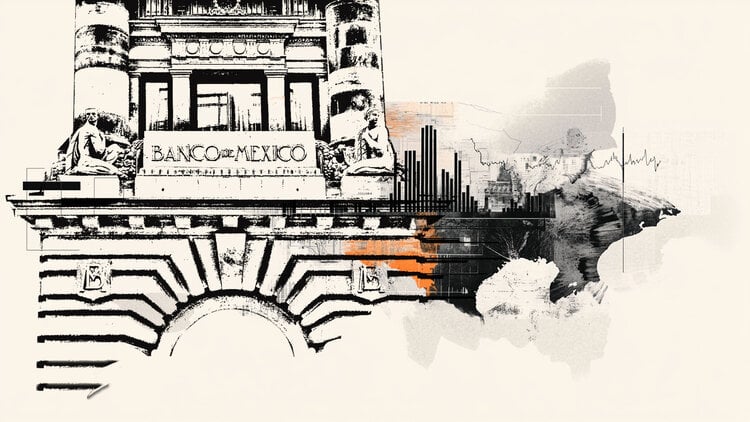In an interview with El Financiero, Victoria Rodriguez Ceja, Banco de Mexico (Banxico) Governor, said that the Mexican Peso (MXN) strength was due to the market’s perception of Mexico’s “preferential treatment” in the US tariffs policy. When asked about monetary policy, she said that Banxico’s current policy stance is adequate.
Victoria Rodríguez emphasized that the current monetary policy stance is adequate to address inflationary pressures and contribute to the convergence of inflation toward its 3.0 percent target by the third quarter of 2026.
“Our decisions are based on all the information available to us at each of our meetings. We believe that both our decisions and our communication are consistent with the inflation outlook and its outlook,” she emphasized.
“We conduct our monetary policy based on the evolution of the inflation outlook as a whole, not on a single data point. In this context, we decided to maintain our forward guidance from our last meeting, and as we advance, we will consider additional cuts to the reference rate, taking into account all determinants of inflation,” she stated.
Banxico FAQs
The Bank of Mexico, also known as Banxico, is the country’s central bank. Its mission is to preserve the value of Mexico’s currency, the Mexican Peso (MXN), and to set the monetary policy. To this end, its main objective is to maintain low and stable inflation within target levels – at or close to its target of 3%, the midpoint in a tolerance band of between 2% and 4%.
The main tool of the Banxico to guide monetary policy is by setting interest rates. When inflation is above target, the bank will attempt to tame it by raising rates, making it more expensive for households and businesses to borrow money and thus cooling the economy. Higher interest rates are generally positive for the Mexican Peso (MXN) as they lead to higher yields, making the country a more attractive place for investors. On the contrary, lower interest rates tend to weaken MXN. The rate differential with the USD, or how the Banxico is expected to set interest rates compared with the US Federal Reserve (Fed), is a key factor.
Banxico meets eight times a year, and its monetary policy is greatly influenced by decisions of the US Federal Reserve (Fed). Therefore, the central bank’s decision-making committee usually gathers a week after the Fed. In doing so, Banxico reacts and sometimes anticipates monetary policy measures set by the Federal Reserve. For example, after the Covid-19 pandemic, before the Fed raised rates, Banxico did it first in an attempt to diminish the chances of a substantial depreciation of the Mexican Peso (MXN) and to prevent capital outflows that could destabilize the country.

